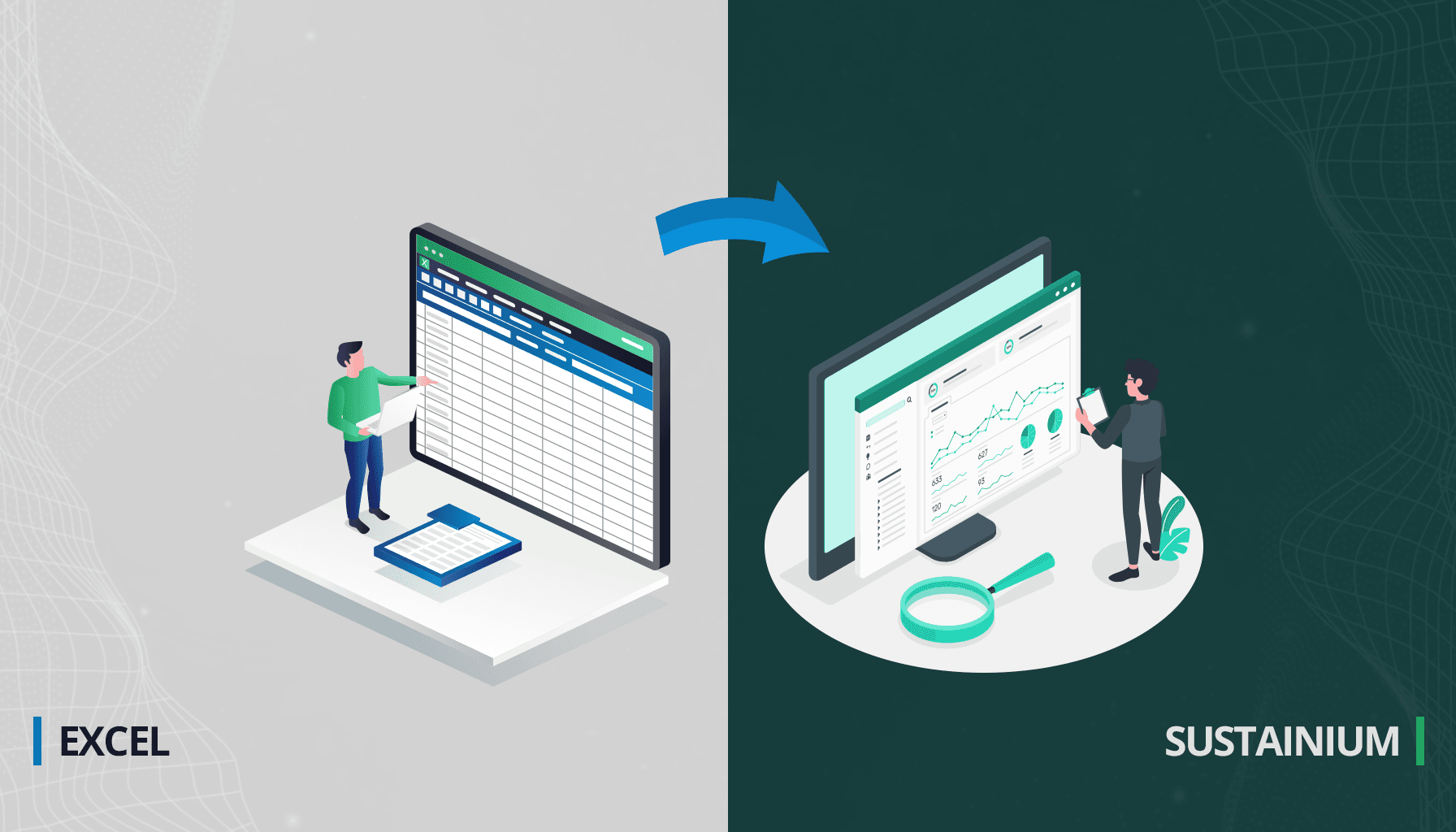Streamlining Sustainability: Mastering Data Input and Integration for Emissions Tracking Software
As organizations increasingly prioritize sustainability, the integration of advanced emissions tracking software becomes pivotal in quantifying and managing their environmental impact. In this blog post, we'll delve into the essential steps of data input and integration, guiding businesses on seamlessly incorporating emissions tracking software into their existing systems for efficient and accurate environmental management.
Step 1: Assess Your Data Sources
Before initiating the data input and integration process, conduct a comprehensive assessment of your organization's data sources. Identify systems generating relevant information, such as energy consumption records, transportation logs, and any other sources contributing to your carbon footprint. Understanding your data landscape sets the stage for a targeted and effective integration strategy.
Step 2: Choose an Emissions Tracking Software with Integration Capabilities
Considerations:
- Compatibility: Ensure the software is compatible with the systems generating your emissions data.
- Flexibility: Opt for a solution that offers flexibility in integrating with various data sources.
- Scalability: Choose software that can scale with your organization's evolving data needs.
Step 3: Prioritize Automation for Data Input
Automating the data input process is a key strategy for minimizing errors, saving time, and ensuring real-time tracking. Work with your emissions tracking software to establish automated data feeds from existing systems. This can include APIs, data connectors, or direct integrations with relevant databases.
Step 4: Standardize Data Formats
Standardizing data formats across different systems enhances the efficiency of the integration process. Ensure consistency in data structures, units, and measurement metrics to facilitate seamless communication between your existing systems and the emissions tracking software.
Step 5: Establish Real-Time Data Updates
For effective emissions tracking, prioritize real-time data updates. This ensures that your organization has access to the most current and accurate information. Real-time updates enable swift decision-making and proactive responses to changes in emissions patterns.
Step 6: Implement Customizable Data Categories
Tailor the emissions tracking software to accommodate your organization's unique data categories. Create customized fields and categories that align with your business activities, making it easier to input and analyze specific emission sources. This customization enhances the relevance and accuracy of your emissions data.
Step 7: Conduct Regular Data Audits
Periodic data audits are crucial for maintaining data accuracy and reliability. Establish a schedule for reviewing and auditing emissions data to identify discrepancies, ensure consistency, and address any issues promptly. Regular audits contribute to the overall quality of your emissions tracking efforts.
Step 8: Provide Training for Users
Ensure that personnel responsible for data input and management are adequately trained on both the emissions tracking software and the integrated systems. Training programs should cover data entry protocols, system navigation, and troubleshooting procedures. Well-trained users contribute to the overall success of the integration process.
Step 9: Leverage Support Resources from Software Providers
Emissions tracking software providers often offer comprehensive support resources. Take advantage of training sessions, documentation, and customer support to navigate any challenges during the data input and integration process. Provider support ensures that your organization maximizes the potential of the software.
Step 10: Foster Continuous Improvement
Emissions tracking is a dynamic process that benefits from continuous improvement. Regularly assess the effectiveness of your data input and integration strategies. Seek feedback from users, monitor system performance, and explore opportunities for optimizing your emissions tracking workflow.
Conclusion: A Unified Approach to Sustainability
By mastering data input and integration with existing systems, organizations can create a unified approach to sustainability. Efficient integration ensures that emissions tracking becomes an integral part of day-to-day operations, facilitating informed decision-making and driving meaningful reductions in environmental impact. Stay tuned for more insights on navigating the sustainability landscape and maximizing the impact of your emissions tracking efforts!






